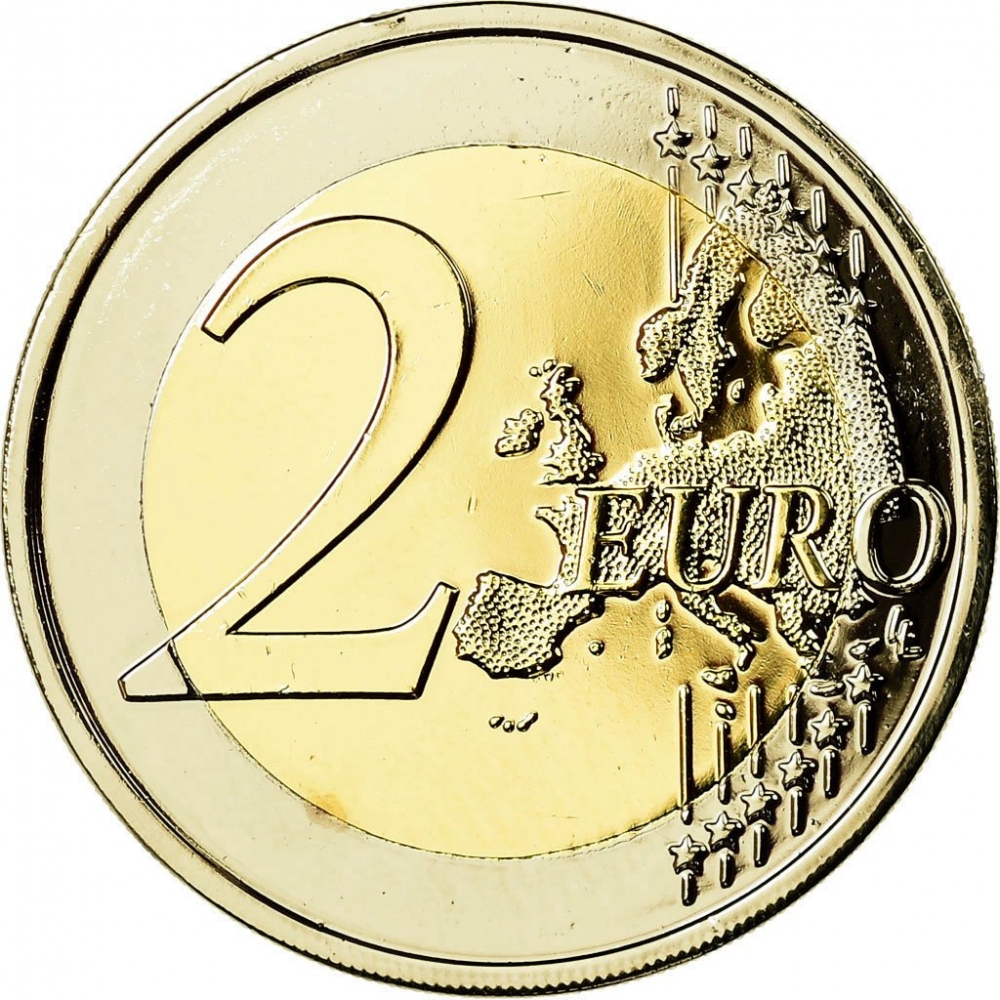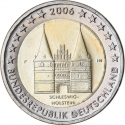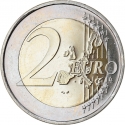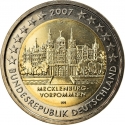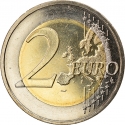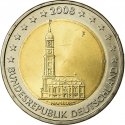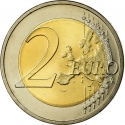You are about to finish your registration. Please check your mailbox (including spam folder). There should be a letter with a confirmation link. Check setting to make sure that your e-mail address is correct.
Send letter againDescription
The Federal Republic of Germany has 16 states (German: Bundesländer). Since 2006, Germany issues every year a Bundesländer coin for a specific state that has that’s year’s presidency of the Bundesrat.
North Rhine-Westphalia, commonly shortened to NRW in both written and spoken language, is located in western Germany. It is the most populous state of Germany. It is also the most densely populated German state apart from the city-states of Berlin, Bremen, and Hamburg, and the fourth-largest by area. The state capital is Düsseldorf. North Rhine-Westphalia features 30 of the 81 German cities with over 100,000 inhabitants, including Cologne (over 1 million), Düsseldorf, Dortmund and Essen (all between 580,000 and 620,000 inhabitants) and other cities predominantly located in the Rhine-Ruhr metropolitan area, the largest urban area in Germany and the third-largest on the European continent.
North Rhine-Westphalia was established in 1946 after World War II from the Prussian provinces of Westphalia and the northern part of Rhine Province (North Rhine), and the Free State of Lippe by the British military administration in Allied-occupied Germany. North Rhine-Westphalia became a state of the Federal Republic of Germany in 1949, and the city of Bonn served as the federal capital until the reunification of Germany in 1990 and as the seat of government until 1999.
Obverse

|
Depicts Cologne Cathedral. State name and date on the bottom. National identifying mark (D for Deutschland / Germany) on the outer ring above. Mintmark (A for Berlin, D for Munich, F for Stuttgart, G for Karlsruhe, J for Hamburg) and engraver's initials on the top right. D |
|---|---|
Reverse

|
A geographical map of Western Europe spans the outer ring and inner core on the right side of the coin. The inscription 2 EURO is superimposed over the map of Europe, with the numeral “2” located in an open field representing the eastern Atlantic Ocean. 2 EURO |
| Edge |
UNITY AND JUSTICE AND FREEDOM in German, Germany's national motto and the beginning of Germany's national anthem, followed by the Federal Eagle EINIGKEIT UND RECHT UND FREIHEIT |
2 Euro
German Federal States
North Rhine-Westphalia
Subscribe series
KM# 293 Schön# 287 Jaeger# 558
German Federal States
North Rhine-Westphalia
Swap now (6 offers)
Characteristics
| Type | Commemorative Issue (Circulating) |
| Material | Bi-Metallic |
| Ring | Cupronickel |
| Center | - |
| Weight | 8.5 g |
| Diameter | 25.75 mm |
| Thickness | 2.2 mm |
| Shape |
|
| Alignment | Medal |
| Mints |
Bavarian Central Mint (D) Berlin State Mint (A) Hamburg Mint (J) Karlsruhe State Mint (G) Stuttgart State Mint (F)
|

